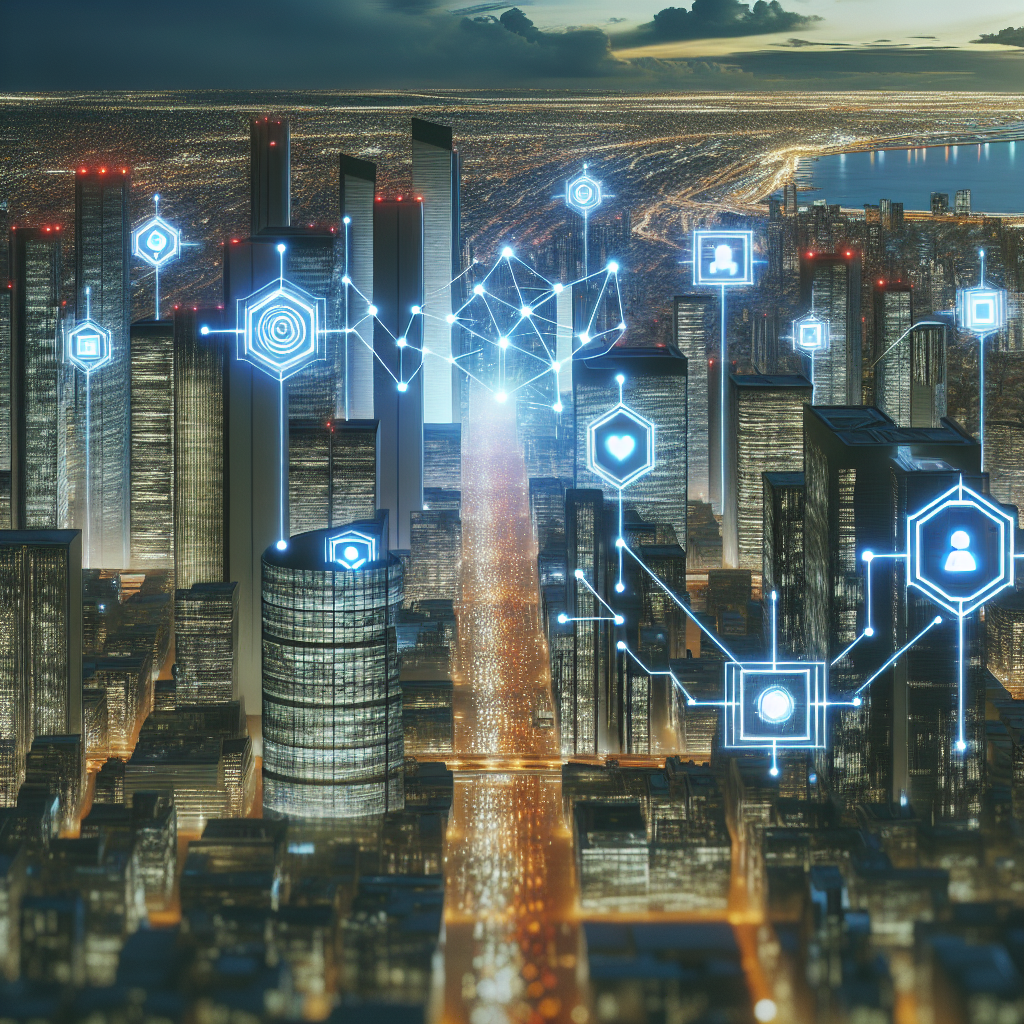AI Investment Boom: SoftBank's Robotics Bet, OpenAI's Memory Demand, and the Physical AI Revolution: AI News 9. Oct 2025
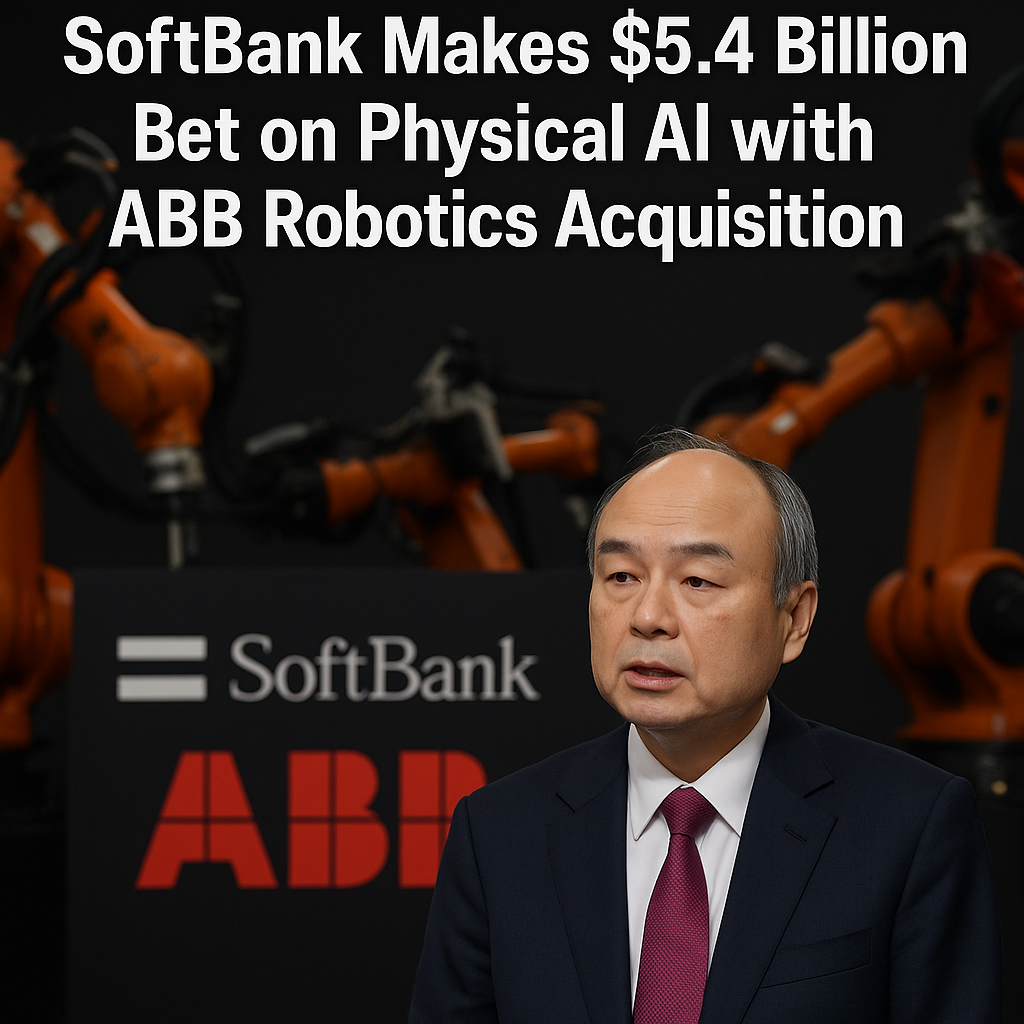
SoftBank's $5.4 billion bet on 'Physical AI' signals a future where AI isn't just in the cloud but embodied in intelligent robots capable of learning and adapting. Discover how this shift impacts automation and manufacturing, potentially boosting productivity and efficiency. Integrate Physical AI insights into your strategic planning to capitalize on the merging of AI and robotics.
SoftBank's $5.4 Billion Robotics Acquisition: A Bet on Physical AI
The line between silicon and steel is blurring, and SoftBank is placing a massive $5.4 billion bet that the future of AI isn't just in the cloud, but in the physical world. This strategic move, marked by the acquisition of ABB's robotics division, signals a major shift in focus towards 'Physical AI,' a concept championed by SoftBank's visionary leader, Masayoshi Son. But what exactly is Physical AI, and why is SoftBank investing so heavily in it?
The Vision of Physical AI
Masayoshi Son believes that the next major wave of technological advancement will be driven by the convergence of AI and robotics. This isn't just about automating tasks; it's about creating intelligent machines capable of learning, adapting, and interacting with the physical world in meaningful ways. Imagine robots that can not only assemble products on a factory floor but also optimize the entire manufacturing process based on real-time data, or logistics systems that can autonomously manage inventory and delivery with unparalleled efficiency. This is the promise of Physical AI.
Synergies and Strategic Alignment
The acquisition makes perfect sense when you consider SoftBank's existing portfolio. They aren't just buying a robotics company; they're strategically integrating it with their existing AI expertise and investments. Think about Arm, whose chips power a vast range of devices, including many robots. Combine that with SoftBank's stakes in companies like AutoStore (automated storage and retrieval systems), Agile Robots (intelligent robotic arms), and Skild AI (AI-powered vision systems), and you start to see the bigger picture. The goal is to create a fully integrated ecosystem where AI algorithms, advanced hardware, and robotic systems work seamlessly together.
The ASI Factor
One of the most ambitious aspects of SoftBank's vision is the integration of Artificial Super Intelligence (ASI) with robotics. While still largely theoretical, ASI represents a level of AI far surpassing human intelligence. Son envisions a future where ASI-powered robots can tackle complex problems, drive innovation, and ultimately improve the quality of life for everyone. This acquisition provides a crucial platform for turning that vision into reality, allowing SoftBank to experiment with and deploy advanced AI algorithms in real-world applications. Tools like AutoGPT, an experimental open-source application automating tasks, could represent a glimpse into the future of autonomous agents controlling complex robotic systems.
Impact on Automation
The impact of this acquisition on AI-powered automation is likely to be significant. By combining SoftBank's AI capabilities with ABB's established robotics business, the company is poised to accelerate the development and deployment of advanced automation solutions across a wide range of industries, from manufacturing and logistics to healthcare and agriculture. We can anticipate seeing more sophisticated robots that can perform complex tasks with greater precision, efficiency, and autonomy, leading to increased productivity, reduced costs, and improved safety in the workplace. This will potentially drive further adoption of tools like n8n, designed for workflow automation. As the world shifts towards increasing automation, SoftBank's bet on Physical AI could position them as a key player in shaping the future of work.
Samsung and SK Hynix Secure OpenAI Stargate Memory Contracts: The Infrastructure of AI
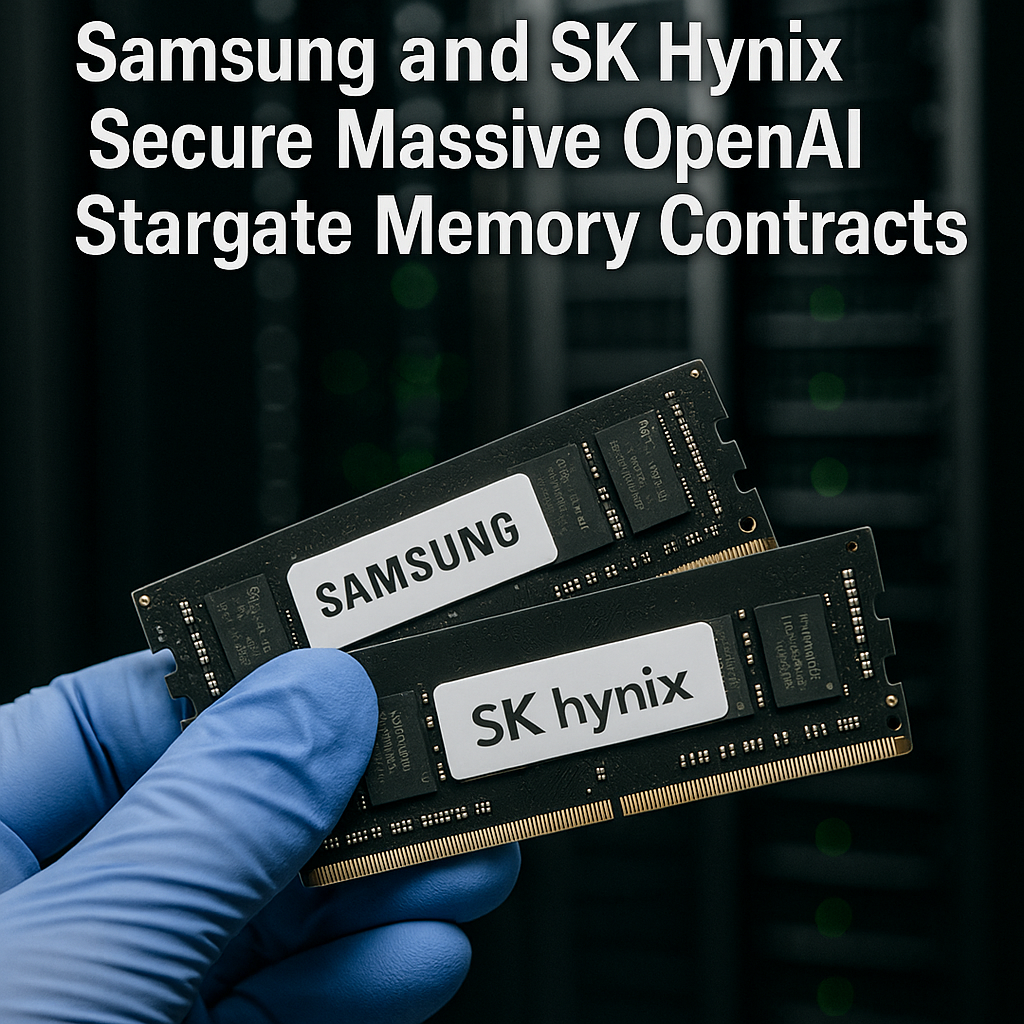
The race to power the next generation of AI models is intensifying, and memory manufacturers are poised to become key players, particularly those securing deals to support initiatives like Microsoft and OpenAI's ambitious Stargate project.
Powering Stargate: Samsung and SK Hynix's Crucial Role
Samsung and SK Hynix have emerged as critical suppliers for OpenAI's staggering $500 billion Stargate initiative. These South Korean giants are set to provide the high-bandwidth memory (HBM) and traditional DRAM chips necessary to fuel the immense computing power that Stargate demands. Industry projections estimate that the memory demands of such large-scale AI projects could reach a staggering 900,000 DRAM wafer starts monthly. This figure underscores the monumental scale of infrastructure required to support cutting-edge AI development, like training new Large Language Models.
Both companies bring unique strengths to the table. Samsung boasts advanced packaging expertise, crucial for integrating memory chips into high-performance computing systems. Meanwhile, SK Hynix has established itself as a market leader in HBM technology, making them uniquely positioned to meet the stringent requirements of AI accelerators. You might even use AI tools to help you to understand and manage such investments, such as Outlier AI, which helps discover unexpected changes in your data.
Collaboration and Innovation
Beyond simply supplying memory chips, Samsung and SK Hynix are reportedly collaborating with OpenAI on data center architecture. This includes the exploration of innovative solutions like floating data centers, potentially offering a more sustainable and scalable approach to meet the energy demands of AI supercomputing. Such collaboration signifies a deeper partnership aimed at optimizing the entire AI infrastructure stack.
South Korea: An AI Infrastructure Hub
These significant memory contracts firmly establish South Korea as a critical hub in the global AI infrastructure landscape. The country's dominance in memory manufacturing, combined with its growing expertise in advanced packaging and data center technologies, positions it as a key enabler of AI innovation. The AI news is consistently evolving, but the demand for efficient and powerful AI infrastructure is a constant theme. As AI models grow in complexity and capability, the importance of robust memory infrastructure will only continue to increase.
Oxford AI Breakthrough: Revolutionizing Cosmic Event Discovery with Virtual Research Assistant
In the vast expanse of astronomical research, a revolutionary tool is emerging to tackle the overwhelming influx of data: Oxford University's Virtual Research Assistant (VRA). Imagine sifting through millions of alerts every single day, searching for fleeting cosmic events – that’s the reality for astronomers studying supernovae and other cosmic transients. Now, the VRA is stepping in to drastically reduce this workload, promising to accelerate the pace of discovery.

Taming the Tide of Data
The sheer volume of data generated by modern sky surveys is staggering. The VRA developed at Oxford University tackles this problem head-on. By leveraging lightweight decision tree algorithms, guided by the deep domain expertise of seasoned astronomers, the VRA filters out the noise and identifies truly promising events for further investigation. The impressive result? An 85% reduction in the workload typically faced by researchers, freeing them to focus on the most critical discoveries.
How It Works: AI Meets Astronomy
So, how does this AI marvel work its magic? The VRA is designed to process information streaming in from the ATLAS (Asteroid Terrestrial-impact Last Alert System) telescope network, a system strategically positioned to scan the skies for potential Earth-bound asteroids, as well as other transient events. The AI analyzes the incoming data, looking for the telltale signs of supernovae, gamma-ray bursts, and other exotic phenomena. One of the critical features of the VRA is its ability to autonomously trigger follow-up observations of particularly interesting transients, ensuring that valuable data isn't missed while astronomers are asleep or occupied with other tasks.
Preparing for the Deluge: The Vera Rubin Observatory
Looking ahead, the Vera Rubin Observatory's Legacy Survey of Space and Time (LSST) promises to dwarf even today's data streams, with an estimated 10 million alerts generated every single night. Without tools like the Oxford AI Virtual Research Assistant, the astronomical community would be drowning in data. The VRA represents a crucial step toward harnessing the full potential of these next-generation sky surveys, ensuring that we don't miss out on groundbreaking discoveries hidden within the cosmic noise.
This Oxford AI breakthrough shows that AI isn't just about replacing human effort, but also about augmenting it. By taking on the tedious and time-consuming task of sifting through vast quantities of data, the VRA empowers astronomers to focus on the truly exciting aspects of their work: understanding the universe and unraveling its mysteries. As AI continues to evolve, we can expect to see even more innovative applications emerge, transforming not only astronomical research, but also countless other fields of scientific endeavor. Keep an eye on our AI News section for the latest developments.
Cybersecurity Leaders Embrace Zero Trust But Lag on AI Security Tools: A Critical Gap
In an era where digital fortresses are paramount, the adoption of Zero Trust frameworks is surging, demonstrating tangible benefits in mitigating security incidents. According to recent reports, a remarkable 83% of organizations that have embraced Zero Trust architectures have experienced a significant reduction in security breaches, a testament to the efficacy of this security paradigm. Yet, a critical gap looms large: the integration of AI-driven security tools.
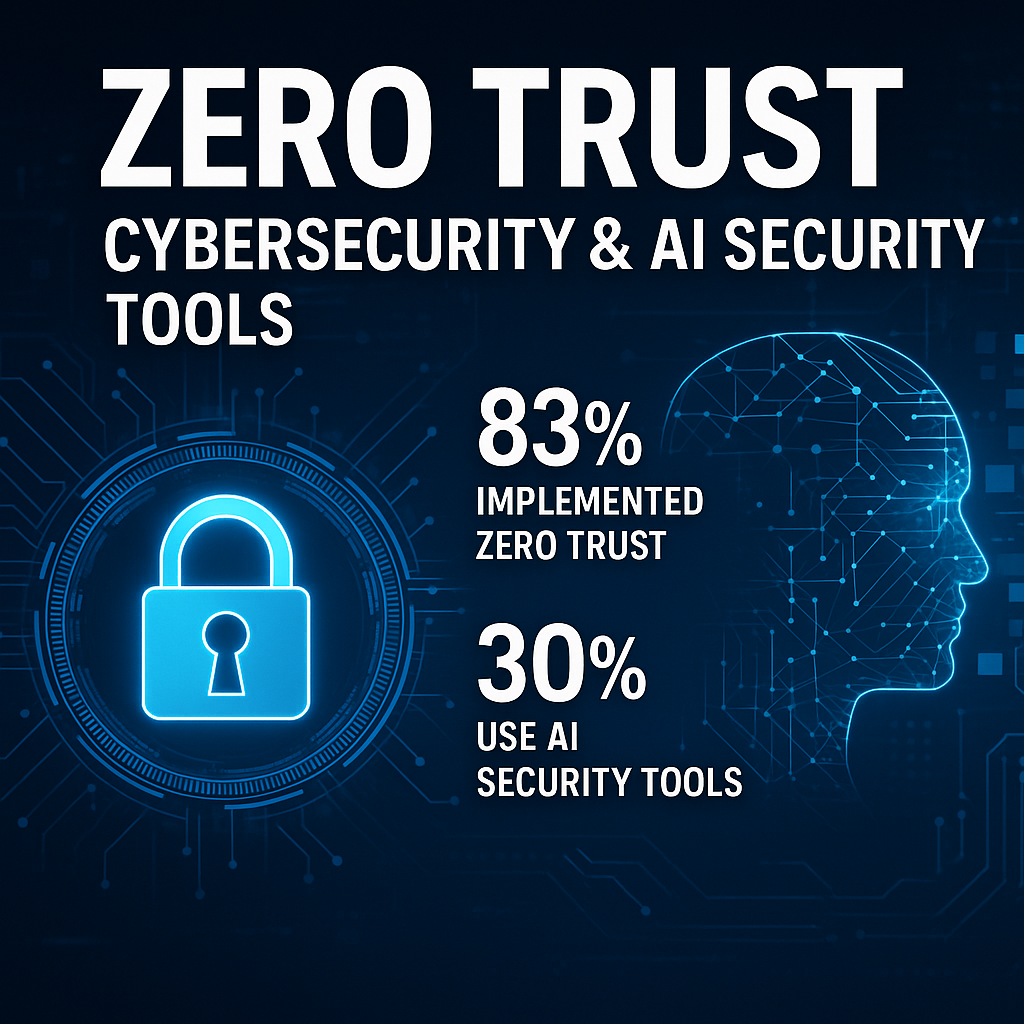
The AI Security Disconnect
While Zero Trust principles emphasize rigorous identity verification and continuous monitoring, the adoption of AI-powered authentication tools remains surprisingly low. Currently, only 30% of organizations are leveraging AI to enhance their authentication processes. This disparity is particularly concerning given the escalating sophistication of AI News, including the rise of AI-powered cyber threats. From deepfakes used in phishing campaigns to AI-driven malware that can learn and adapt, the threat landscape is rapidly evolving, demanding equally advanced defense mechanisms. Organizations are, for the most part, still in the early stages of exploring and implementing AI security capabilities. This lag exposes them to vulnerabilities that could be effectively addressed with intelligent security solutions.
Upskilling for the AI-Powered Future
To bridge this gap, organizations need to prioritize upskilling their cybersecurity teams. Equipping security professionals with the knowledge and skills to leverage AI for threat detection, response, and prevention is crucial. This includes training on topics such as:
AI-driven threat intelligence: Using AI to analyze vast datasets and identify emerging threats.
AI-powered anomaly detection: Detecting unusual patterns that may indicate malicious activity.
Automated security orchestration: Automating security tasks to improve efficiency and response times.
Forward-thinking organizations are already recognizing the importance of investing in AI security. For example, Australian organizations are leading the charge with planned increases in their cybersecurity budgets, specifically earmarked for AI-powered defense strategies. Other regions are following suit, albeit at a more gradual pace. As an example of an AI security tool, consider Microsoft Copilot, an AI companion designed to help users be more productive and secure by understanding context and providing relevant information.
Addressing the chasm between Zero Trust adoption and AI security integration is no longer optional; it's a strategic imperative. By investing in AI-driven security tools and upskilling their teams, organizations can fortify their defenses and stay ahead of the evolving threat landscape. Prioritizing these measures will be crucial in safeguarding digital assets and maintaining resilience in an increasingly complex and hostile cyber environment. Failing to do so could leave them vulnerable to sophisticated attacks that exploit the very technologies they are only beginning to understand.
Microsoft Partners with Harvard Medical School: Reducing OpenAI Dependence and Enhancing AI Health Content
The winds of change are blowing in the AI landscape as Microsoft strategically diversifies its AI partnerships, signaling a move towards reducing reliance on OpenAI and charting its own course in the AI health content space. This shift is highlighted by a significant collaboration with Harvard Medical School, a partnership designed to infuse Microsoft Copilot with a wealth of authoritative, medically-vetted information. This move not only enriches Copilot's capabilities but also underscores a broader industry trend of seeking diverse AI solutions.
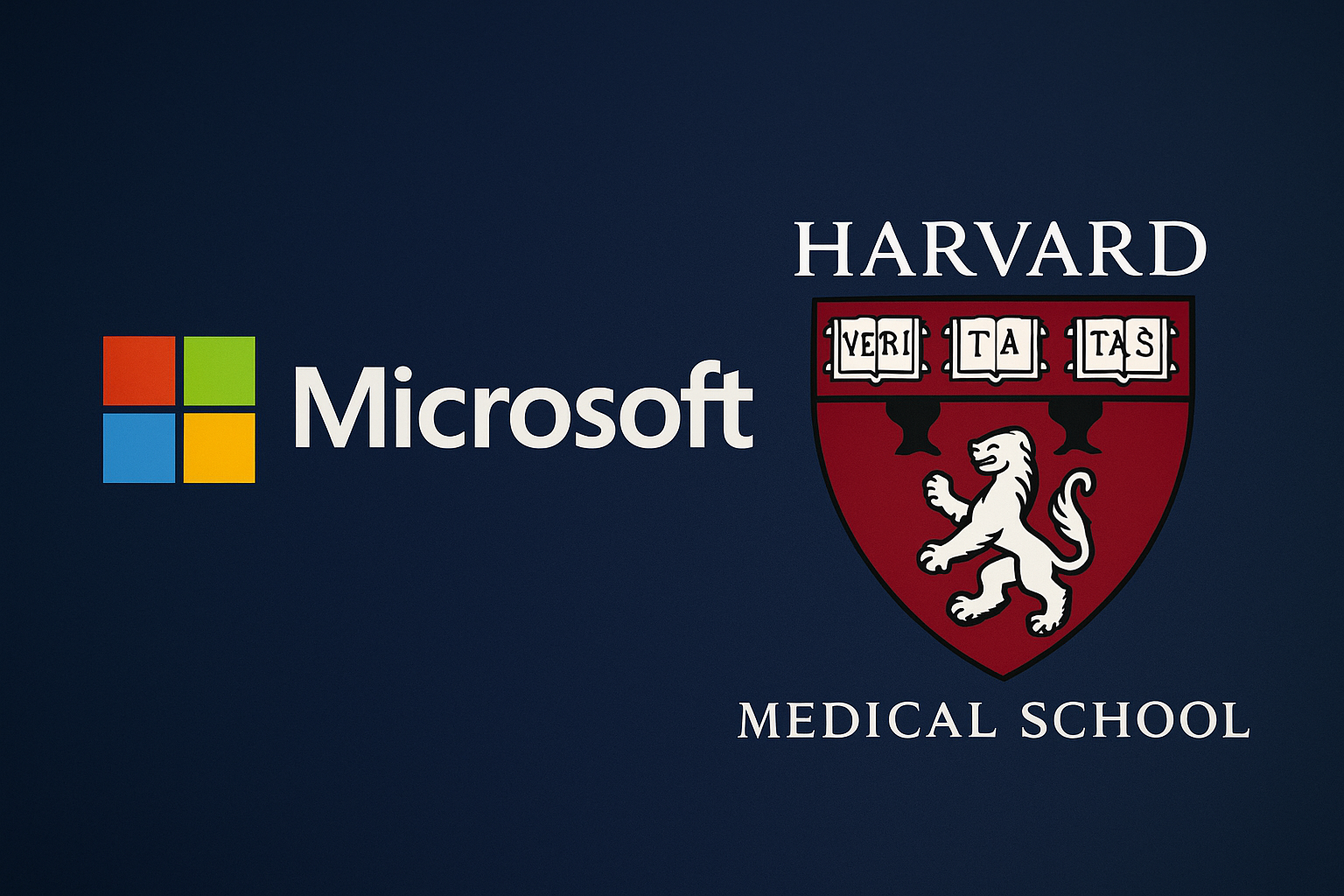
Powering Copilot with Harvard's Health Expertise
The cornerstone of this partnership lies in the integration of content from Harvard Health Publishing directly into Microsoft Copilot. Harvard Health Publishing is renowned for its accessible and practitioner-quality medical information. By incorporating this trusted resource, Microsoft aims to elevate the accuracy and reliability of Copilot's health-related responses, ensuring users receive information that meets the highest standards of medical integrity. This is especially crucial in an era where misinformation can easily spread online, making verified, trustworthy sources invaluable.
Reducing OpenAI Dependence Through Model Diversification
While Microsoft remains a key partner and investor in OpenAI, this collaboration with Harvard Medical School—along with others—suggests a strategic effort to broaden its AI horizons. Microsoft is not only integrating content but also actively developing its own proprietary models. This multi-faceted approach allows them to tap into a broader range of AI capabilities. Moreover, Microsoft has begun incorporating models like Claude from Anthropic, further diversifying its AI engine options and reducing its dependence on a single provider. Anthropic's Claude 3 is particularly useful here as it allows Microsoft to tap into its focus on safety and reliability.
The Bigger Picture: A Healthier AI Ecosystem
Microsoft's partnership with Harvard Medical School isn't just about enhancing Copilot; it's a step towards creating a more robust and reliable AI ecosystem for health-related queries. By prioritizing medically sound information and reducing over-reliance on a single AI source, Microsoft is setting a precedent for responsible AI development. This approach ensures users receive accurate, trustworthy, and diverse insights, ultimately fostering a healthier and more informed online environment. As AI continues to evolve, strategic partnerships like these will be essential in shaping its future and ensuring its benefits are accessible to all.
Analysis: The Rise of Physical AI and the Future of AI Infrastructure
From chatbots to factory robots, AI is no longer confined to the digital realm; it's rapidly expanding into massive physical infrastructure, fundamentally changing how we live and work. This shift necessitates not just algorithmic advancement but also tangible, real-world embodiments of AI, like robots and specialized hardware. Let's explore how this rise of "physical AI" is reshaping the future of AI infrastructure.
SoftBank's Robotics Bet and the Need for Embodiment
SoftBank's recent moves highlight this trend. The company's renewed focus on robotics signals a strategic shift toward physical AI. Consider the implications: AI algorithms need bodies to interact with the physical world. Whether it's automating warehouses, assisting in healthcare, or performing complex manufacturing tasks, these applications require sophisticated robotics. This means a greater emphasis on hardware design, sensor technology, and the integration of AI into physical systems. This integration is not merely about automation, but about creating intelligent machines capable of learning and adapting in real-world environments.
Memory Contracts and Manufacturing Reshaping
The escalating demand for AI-specific memory is further evidence of this shift. Massive contracts between Samsung, SK Hynix, and AI developers reflect a surge in the need for high-performance computing hardware. AI models, especially Large Language Models (LLMs) like GPTZero, which focuses on detecting AI-generated content, require enormous amounts of memory to operate efficiently. This demand is reshaping global manufacturing, as companies race to produce specialized chips and memory modules tailored for AI applications. The implications extend beyond semiconductor manufacturers, impacting supply chains, geopolitical strategies, and the broader technology landscape.
AI Breakthroughs and Specialized Applications
Oxford University's astronomical AI breakthroughs exemplify the specialized applications driving this trend. Using AI to analyze vast datasets from telescopes, astronomers are making discoveries at an unprecedented rate. These applications often require custom-built hardware and software optimized for specific tasks, highlighting the increasing specialization within the AI field. It's not just about general-purpose AI; it's about tailoring AI solutions to solve unique problems in various domains.
Cybersecurity and AI-Powered Threats
However, this physical AI revolution also introduces new challenges, particularly in cybersecurity. Current defensive frameworks often lag behind AI-powered threats. As AI becomes more integrated into critical infrastructure – from power grids to transportation systems – the potential for malicious actors to exploit vulnerabilities increases exponentially. We need proactive measures to protect against AI-driven cyberattacks, which means developing AI-powered defenses that can learn, adapt, and respond in real-time.
Building Domain-Specific AI Expertise
Microsoft's partnership with Harvard underscores the importance of building domain-specific AI expertise. By collaborating with experts in various fields, Microsoft aims to develop AI solutions tailored to specific industries and applications. This approach recognizes that AI is not a one-size-fits-all solution; it requires deep understanding of the problem domain and the ability to integrate AI into existing workflows. Initiatives like this are crucial for realizing the full potential of AI across diverse sectors.
In conclusion, the success of AI increasingly hinges on physical infrastructure, specialized partnerships, and manufacturing scale. As AI continues to evolve, its reliance on the physical world will only deepen, requiring a holistic approach that considers hardware, software, cybersecurity, and domain expertise. To stay ahead, it's crucial to monitor AI News and understand these interwoven elements of the AI revolution.
🎧 Listen to the Podcast
Hear us discuss this topic in more detail on our latest podcast episode: https://open.spotify.com/episode/5umnXBIUtPdS6tj3KuYOYc?si=vpo-mIQtRsKOfkFpIeIaRA
Keywords: AI, Artificial Intelligence, Robotics, Machine Learning, Deep Learning, SoftBank, ABB Robotics, OpenAI, Samsung, SK Hynix, Cybersecurity, Zero Trust, Oxford AI, Harvard Medical School, AI Infrastructure
Hashtags: #AI #ArtificialIntelligence #Robotics #DeepLearning #MachineLearning
For more AI insights and tool reviews, visit our website https://best-ai-tools.org, and follow us on our social media channels!
Website: https://best-ai-tools.org
X (Twitter): https://x.com/bitautor36935
Instagram: https://www.instagram.com/bestaitoolsorg
Telegram: https://t.me/BestAIToolsCommunity
Medium: https://medium.com/@bitautor.de
Spotify: https://creators.spotify.com/pod/profile/bestaitools
Facebook: https://www.facebook.com/profile.php?id=61577063078524
YouTube: https://www.youtube.com/@BitAutor
Recommended AI tools
StockCake
Image Generation
Baking the perfect stock analysis for you
StockStory
Data Analytics
Uncover the narrative behind the numbers.
AInvest
Data Analytics
Empowering your investment decisions with AI
EarnBetter
Productivity & Collaboration
Maximize Your Earnings with EarnBetter
Intapp DealCloud
Data Analytics
Find, win, and execute more business with Intapp DealCloud
Jump | AI for Financial Advisors
Productivity & Collaboration
The #1 AI assistant for financial advisors

